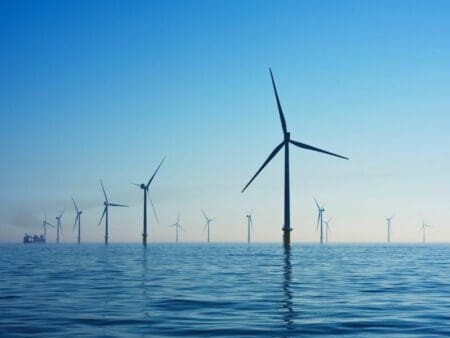
The EU’s Joint Research Centre (JRC) has estimated the region’s flexibility requirements to more than double by 2030 and be seven times as large by 2050.
The current flexibility requirements in the EU correspond to 11% of the total electricity demand but the study indicates the need for growth to 24% in 2030 and 30% by 2050 in order to balance supply and demand with the increasing levels of variable renewable energies to meet the region’s ambitions.
In absolute terms the average requirements for the EU resulting from the modelling for 2030 are 0.79TWh/day, 4.93TWh/week and 14.39TWh/month respectively for the daily, weekly and monthly flexibility requirements.
For 2050, these numbers increase to respectively 2.52TWh/day, 14.6TWh/week and 41.68TWh/month. Summed across all timescales, this corresponds to 2,189TWh – approximately 30% of the estimated 7,300TWh 2050 demand and about 80% of the current (2020) demand of around 2,750TWh.
Have you read?
Storage key for the flexible energy system of the future – EUSEW
Energy Transitions Podcast: The value of circular asset management
The report states that the study has indicated evidence for significant correlations between the daily flexibility requirements and the share of solar PV production on the one hand and between the weekly and monthly flexibility requirements and the share of wind production on the other.
While electricity generated from solar PV plants typically follows a specific daily generation profile, wind production profiles more tend to follow the monthly seasonality. Efficiently integrating both sources of renewable energy sources in the power system thus requires an adequate evaluation of both short-term and long-term flexibility solutions.
Flexibility technologies
In terms of technologies offering flexibility solutions, the study finds that interconnections play a dominant role in addressing the flexibility needs in 2030 on all timescales but particularly on the longer-term timescales.
Storage solutions like batteries, electrolysers and pumped hydro also play a significant role, with the former almost exclusively targeting daily flexibility needs but the latter also targeting long-term flexibility needs.
Demand response from households and industry will also play a role in the flexibility mix and thermal units, of which production can be dispatched, also remain an important contributing factor.
This shows that to address the flexibility needs in the future a combination of technologies is required, including new storage solutions as well as more conventional assets.
Regarding storage specifically, the study suggests that compared to other technologies, it would only be able to recover a modest fraction of capital expenditure from market revenues gained on the spot market by 2030, and would thus exhibit a strong reliance on income streams from other market segments or further sorts of economic incentives.
Looking towards 2030, a relatively limited increase of storage capacity is projected, with additional capacity requested mainly when member states experience congested interconnector capacity over considerable periods of time.
If this interconnector capacity were lower than the current targets, lithium-ion batteries would be a key source of flexibility by balancing short-term system deviations. Further interconnection constraints would increase the importance of longer-duration batteries.








